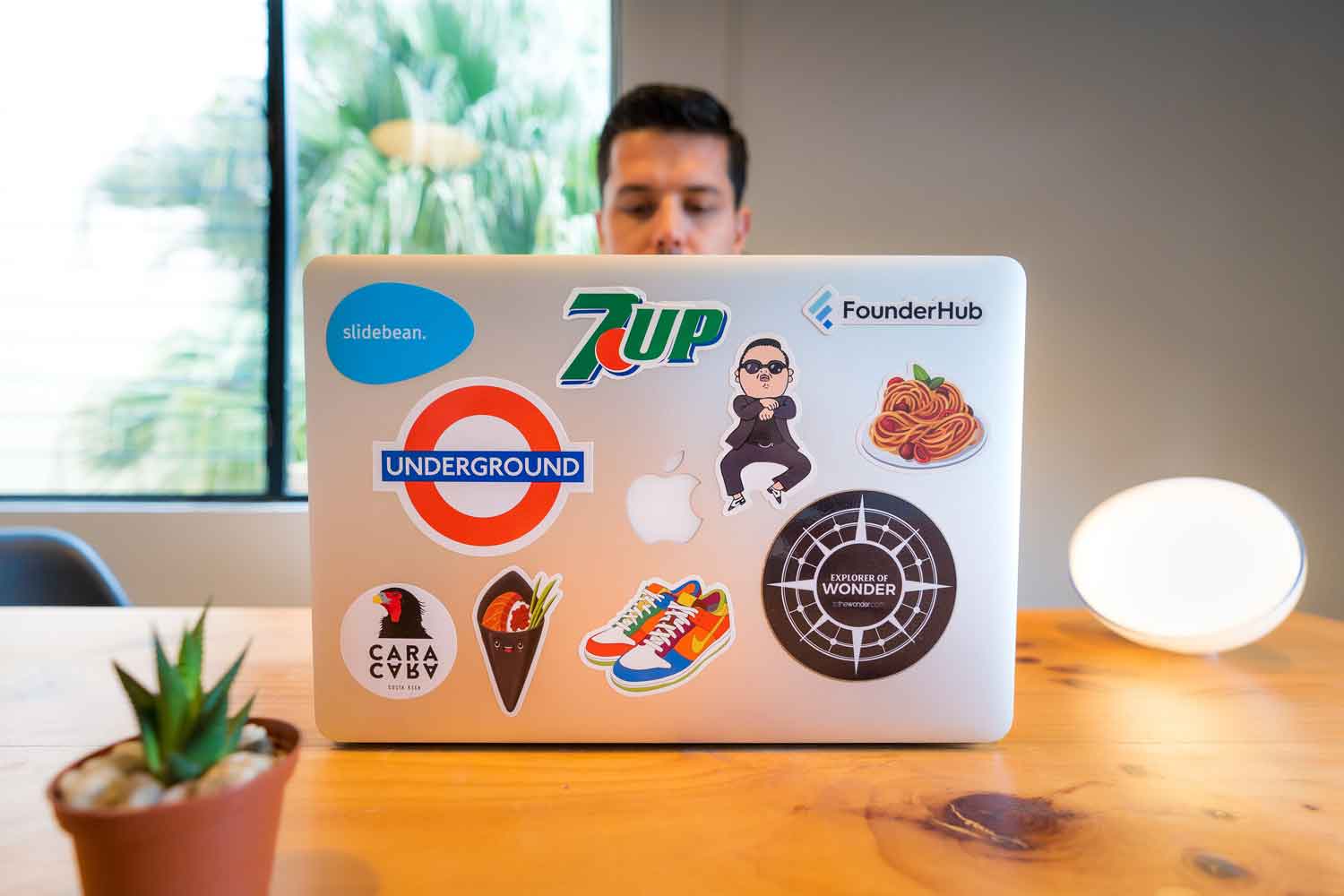In a rapidly evolving business landscape, brand distinction is more critical than ever. Companies are jostling for attention and employing a myriad of strategies, so it’s crucial to have a strong brand. This may involve using the latest technological innovations or tapping into people’s desire for environmental sustainability. If you’re looking for some tips, here are some original ways to elevate your brand.
Embrace Digital Storytelling
In an age of fleeting attention spans, the art of storytelling has experienced great transformation. It’s not about monotonous brand monologues. Instead, it’s about fostering dialogues that engage and captivate. Consider the rise of platforms like Instagram, which offers avenues like Reels and IGTV. The latter permits brands to weave episodic narratives. They can be used to showcase the meticulous crafting of their products. IGTV can also be employed for hosting expert-led discussions.
Similarly, podcasts serve as a medium for brands to deep dive into their philosophies. They can also use them to address broader industry topics. In turn, they can create a community of informed and engaged listeners. In essence, digital storytelling is about crafting a brand universe, where every tale adds depth and dimension to its identity.
Freebies And Merch
Everyone likes freebies, whether they’re branded mugs, T-shirts, or keyrings. You can also offer discount vouchers and free downloadable eBooks. There are specialist websites that provide corporate gifts and personalizable merchandise. Some online companies supply cool tech swag such as branded Bluetooth speakers, custom USB drives, custom power banks, and wireless chargers. You can also purchase custom phone stands, webcam covers, and customizable headphones and earbuds.
Merchandising has undergone a transformative shift – from being mere promotional tools to embodying brand experiences. Imagine a tech brand offering limited-edition augmented reality experiences, through the provision of exclusive apps. Alternatively, you could have a coffee brand providing QR-coded coasters. They could lead users to an immersive virtual coffee plantation tour. The realm of merchandising is now about intertwining tangibility with experiences. This ensures that every giveaway or product fosters a deepened brand connection.
Augmented Reality (AR) And Brand Interactivity
AR is revolutionizing company-consumer interactions. It’s no longer restricted to the realms of science fiction books and films. AR allows consumers to experience products in their personal spaces, before making purchase decisions. For instance, furniture brands are leveraging AR to enable consumers to visualize how a particular sofa or table fits in their living room. If people plan to have a new kitchen, they can choose the units and cabinets, etc., and then have a virtual 3D tour of the finished product.
This can either reinforce their plans or help them make improvements before any work is done. In turn, this avoids later disappointment or surprises. Beyond just visualization, brands are integrating interactive AR tutorials. They’re designed to teach consumers how to use their products effectively. This blend of ‘fantasy’ and reality ensures that consumers aren’t just purchasing a product – they’re buying into an experience.
Image Source: https://unsplash.com/photos/JeduO5K_tRg
Eco-Conscious Branding
As conversations about our planet’s health dominate, brands find themselves at a crossroads. They can either choose to adapt or become obsolete. Eco-conscious branding isn’t about token gestures, but a deep-seated commitment to sustainable practices. Think of apparel brands embracing the slow fashion movement, emphasizing quality over quantity.
Alternatively, consider cosmetic brands championing zero-waste packaging. In turn, this ensures that beauty doesn’t come at the planet’s expense. In this green paradigm shift, every brand decision (from sourcing to distribution), becomes a testament to its dedication to a sustainable future.
Personalization At Scale
Mass marketing’s generic appeal is waning in the face of hyper-personalization. Modern AI-powered algorithms can dissect consumer behaviors, preferences, and purchasing patterns. As a direct result, brands can have access to unprecedented insights. Such data allows brands to craft unique user experiences. For instance, e-commerce platforms can now curate personalized shopping lists for users. They can also predict needs before they arise. By offering such tailor-made interactions, brands transform from faceless corporations to attentive personal assistants.
Email marketing technology can also ride on the back of personalization. It’s possible to conduct campaigns where specific individuals from email lists are targeted, based on their personal interests and needs. This ensures maximum relevance – and people are delighted to be addressed personally in their emails.
Leveraging User-Generated Content (UGC)
The genuine allure of UGC lies in its authenticity. When a brand’s community actively contributes content, it amplifies trust. The material can be in the form of reviews and testimonials, which include how they use and value the products. Brands are now creating campaigns around UGC, celebrating their communities.
For instance, travel brands host photo contests, where users share their vacation photos. This helps create collaborative digital travelogues. Such initiatives validate the product’s quality while fostering a strong sense of community and belonging.
Gamification Of Brand Interactions
Gamification can add elements of play, challenge, and achievement. Loyalty programs are evolving from mere point collection systems to intricate gaming adventures. Imagine a bookstore where each purchase unlocks a chapter of an exclusive digital novel.
Alternatively, think of a fitness brand hosting monthly challenges. Here, winners could get exclusive access to expert-led virtual training sessions. Gamification isn’t just about entertainment. It’s about combining brand loyalty with a sense of accomplishment.
Community Building
Today’s brand communities are digital, vibrant, and deeply interactive. Being more than just forums, they’re spaces for collaboration, feedback, and mutual growth. Brands can host webinars, interactive Q&A sessions, or even virtual product launch parties. By choosing such possibilities, companies are engaging directly with their community.
Such interactions deepen brand loyalty, turning consumers into repeat customers. They also become brand advocates who provide free advertising on the company’s behalf. This can extend the marketing reach of the latter. By nurturing these communities, brands are forging ahead. No longer solitary entities, they’re collective movements driven by shared values and visions.
In today’s business climate, brand adaptation isn’t a mere trend, but a survival imperative. As businesses journey through this evolution, authenticity is absolutely vital. As you elevate your brand, you increase both your revenue and your influence in the world.









